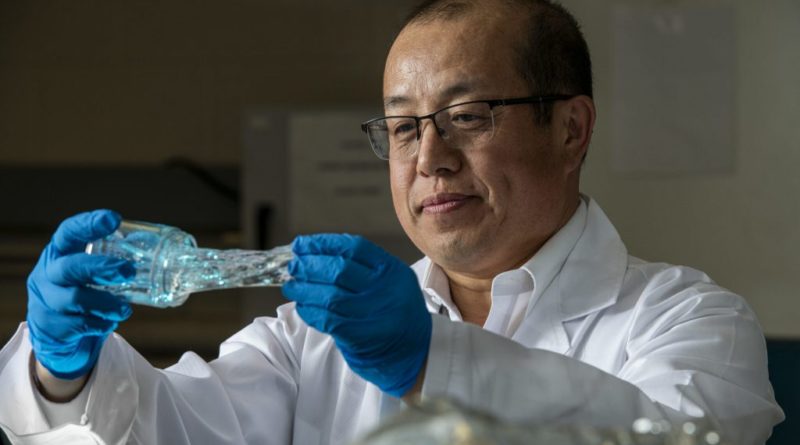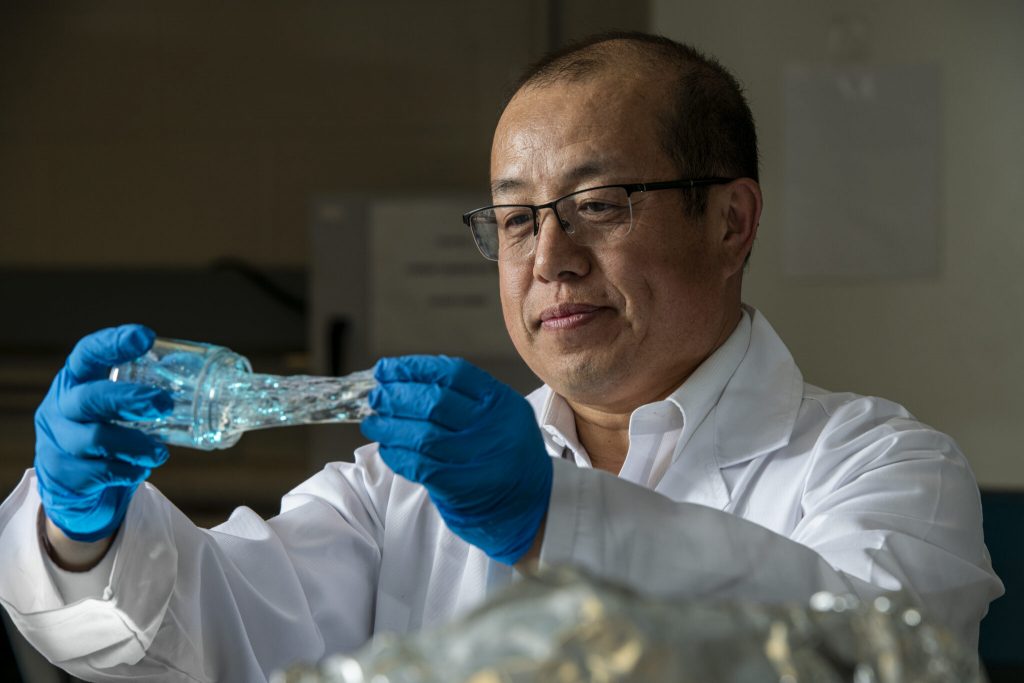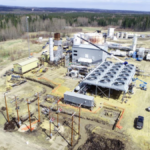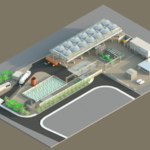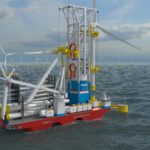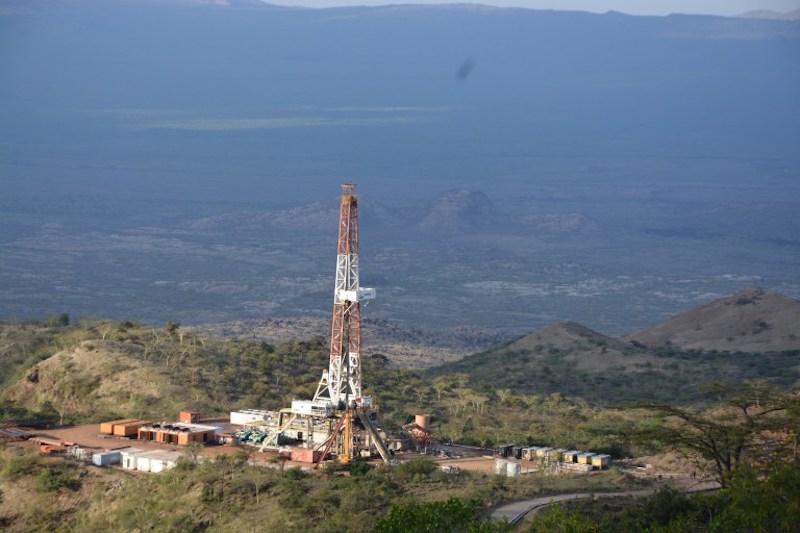Particle gel to enhance geothermal reservoir efficiency being developed by Missouri S & T
Energy Disrupter
Researchers at Missouri S & T are working on a particle gel that can be injected into geothermal reservoirs to control geological fractures, thereby increasing heat recovery efficiency.
A team of researchers at the Missouri University of Science and Technology (Missouri S & T) are working on a particle gel that can be injected into geothermal reservoirs to seal geological fractures. This will allow for better control of the subsurface fracture network that connects reinjection and production sites, thereby increasing the efficiency of geothermal heat recovery. The research work is supported by a funding of up to USD 2.4 million from the U.S. Department of Energy.
Dr. Baojun Bai, professor of geosciences and geological and petroleum engineering, is a member of the team along with chemistry professor Dr. Thomas Schuman and associate professor of petroleum engineering Dr. Mingzehn Wei. Dr. Bai has 20 years of experience in particle gel research with a focus on oil and gas recovery. However, he says that the technology and knowledge are transferrable to geothermal energy and carbon storage.
Dr. Bai explains that the gel swells when combined with water. The time it takes for the gels to expand can be controlled, allowing them to be injected into geothermal reservoirs before fully swelling. The particle gel being developed is also thermally stable. “Existing gels usually disappear after a few days in environments above 120 degrees Celsius,” Bai says. “We are developing novel particle gels that can be stable for more than six months at 150 to 275 degrees Celsius.”
A research project at the University of New Mexico (UNM), which we reported on earlier, also seeks to address a similar problem in geothermal reservoirs, particularly in EGS.
Source: Missouri S & T

